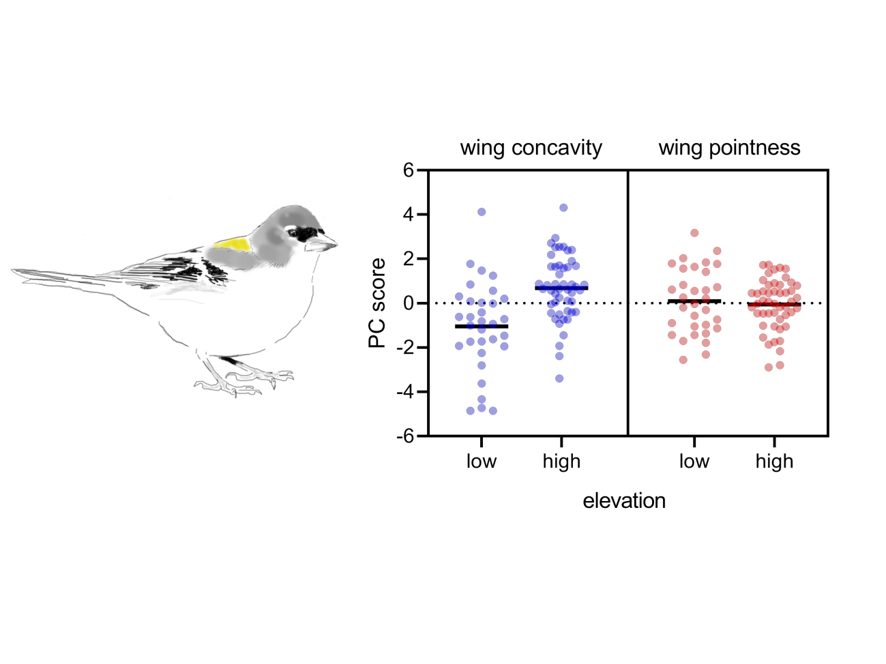Tellería, J. L., Hernández-Tellez, I., de la Hera, I., Aguirre, J. I., & Onrubia, A.
Altitudinal seasonality as a potential driver of morphological diversification in rear-edge bird populations
Avian Research 2022
DOI: 10.1016/j.avrs.2022.100039
RESUMEN
Populations at the low latitude limits of a species range (rear-edge populations) are often considered more vulnerable to climate change. However, their ability to track different environmental settings at a regional scale has been widely overlooked, although this may be relevant to accurately assess their adaptive capacity to cope with ongoing changes. Here we tested whether the endemic African Chaffinch (Fringilla coelebs africana) tracks environmental changes (e.g. decreasing temperatures, snow cover) by rearranging their numbers between seasons (spring vs. winter) along the altitude gradients of its north-western African range. We additionally tested whether these seasonal changes in abundance were paralleled by morphological variation, suggesting a process of population diversification. We assessed African Chaffinch abundance in tree covered farmland and woodland sites distributed along an altitude gradient in spring and winter. In addition, we captured and measured chaffinches within the study gradient to explore the patterns of morphological variation. Our results showed that chaffinches shifted to lowlands from snow covered highlands during winter. In addition, highland individuals showed longer and more concave wings than their lowland counterparts. These morphological traits are usually related to flight efficiency in migratory birds, which suggest the presence of altitudinal movements aimed to track the environmental seasonality caused by orography. These results suggest a potential role of altitudinal seasonality as a driver of regional diversification within the African Chaffinch populations, which could be occurring in other North African avian species given their relatively high endemicity in the region. The evolutionary and conservation implications of these displacements have been often overlooked despite they can shape the adaptive capacity of rear-edge bird populations to face the ongoing environmental changes in this peripheral area of the Palearctic.
